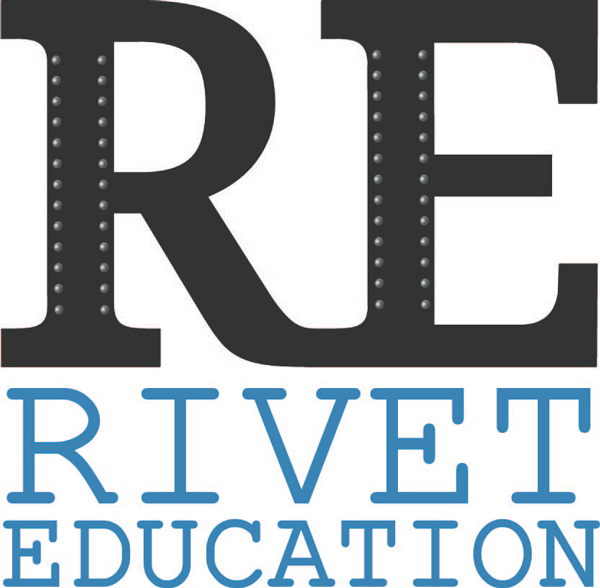The verdict is in: When you teach students using high-quality instructional materials (HQIM), they learn more and perform better. Increasingly, research is saying that these improvements in learning can be greatly enhanced if the instructional materials are paired with high-quality professional learning (HQPL).
In other words, we won’t get the biggest bang for our educational buck unless we prepare our teachers to use these demonstrably effective materials—whether those are better textbooks, digital lessons, etc.
So, what is HQPL? And how does it make such a difference in both the quality—and, frankly, the joy—of teaching? High-quality professional learning deepens educators’ understanding of what to teach (content) and how to teach it (content pedagogy) by being connected to the instructional materials teachers are using in their classrooms and reflecting best practices for adult learning.
More specifically, HQPL is:
- Specific: High-quality professional learning deepens educators’ understanding of what to teach (content) and how to teach it (content pedagogy) in the context of the instructional materials teachers are expected to use in their classrooms. When professional learning is disconnected from the materials teachers are using and focused on isolated strategies, those strategies remain just that—isolated and often forgotten.
- Relevant: The content for 1st grade ELA is very different from the content in 5th grade math. Therefore, HQPL is customized to teachers’ subject area, grade level, or particular circumstances in order to effectively teach them the content. Additionally, HQPL takes educators’ cultural and learning differences into account and provides the appropriate support.
- Equitable: HQPL equips teachers to ensure that all of their students—no matter their starting place, race, income, or circumstances—have the opportunity to thrive academically and personally. This includes helping teachers make smart, deliberate adaptations to their instructional materials so that students see themselves and their cultures reflected in the classroom and have the appropriate support they need to access on-grade-level content.
- Ongoing: Too often, “professional development” for our teachers happens over a few hours or days before the start of school. HQPL programs recognize that, just as students need to be taught throughout the year, so too do our instructors. HQPL happens regularly and often.
- Engaging: HQPL creates an engaging space in which educators can develop and discuss ideas, practice new skills, receive feedback from others, and reflect on their learning.
How Can You Get More High-Quality Professional Learning in Your Schools?
If you want your school district or state to make the (very sound) investment in HQPL, you must:
- Invest stakeholders in HQIM and HQPL. Deploying HQPL to teachers and school leaders requires planning and investment at all levels. All stakeholders—superintendents, academic officers, instructional coaches, principals, and teachers—must understand and believe in the importance of HQIM and HIM-aligned professional learning in order for student outcomes to improve.
- Find the right HQPL and provider(s). This is where we, Rivet Education, come in. As the leading national resource for identifying and reviewing HQPL programs, our Professional Learning Partner Guide tells you which professional learning programs are high-quality, what they provide, and how to partner with them. Take a moment to visit the guide online and explore for yourself. We think you’ll find it helpful and eye-opening.
Rivet Education exists because we believe that educators need and deserve support and resources to ensure that their students succeed. Our Professional Learning Partner Guide is our first step toward a national commitment to truly empowering educators with the tools, resources, and know-how they deserve in order to do their jobs more effectively.
We hope you’ll join us.

